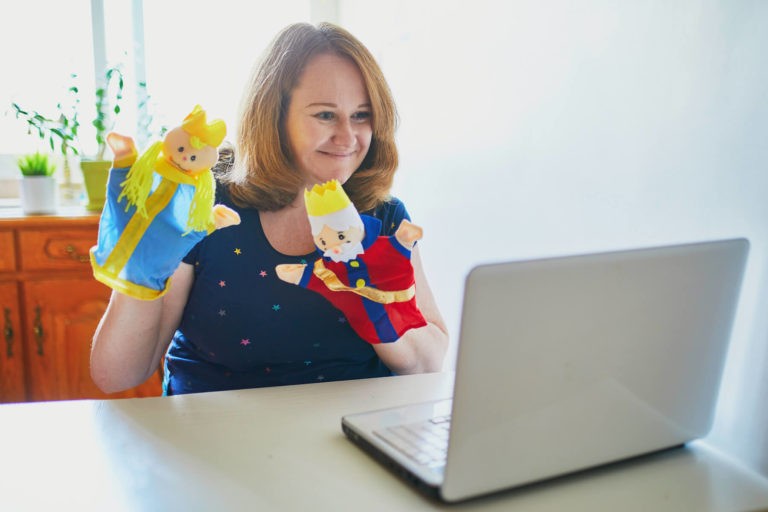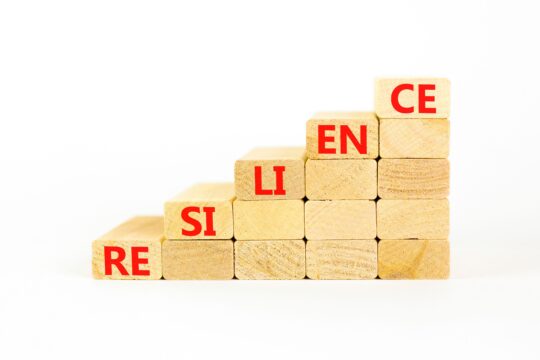The Value of Drama Class
Have you ever gone to a musical or to see a play, and when you left, you were blown away by how brilliant and captivating it was? Imagine how the performers on stage felt. Remember how it made you feel. It is an exhilarating experience for all involved. The introduction of drama in school makes this possible. It is where the love for performance begins, but with education shifting to virtual platforms, some fear that drama class may lose its place.
In order to combat this, it is important to realize that with any component of the arts, students gain a multitude of advantages that prove beneficial in and out of the classroom (like higher engagement and participation in school, determination to succeed, higher academic achievement, and higher graduation rates, just to name a few)! Drama offers those benefits and more, and because of this, it should be considered an important part of distance learning. Drama class is an outlet for creativity, engagement, cooperation, and expression for every student involved. In addition to all of that, drama is fun!
With many students learning virtually from home, the need to interact and collaborate with others is more important than ever. Being physically separated from friends is difficult, and the feeling of isolation can lead to various health concerns if not kept in check. Drama can help to provide stability in those areas while giving students a way to engage with one another despite being physically distant. It also helps to facilitate the other aspects of school that students miss out on while learning from home. With drama class, students can continue to connect with their classroom community. Students can see their friends and collaborate with them while participating in fun and creative assignments.
Strategies for Transforming Drama Class for Distance Learning
As previously stated, education is relying more and more on virtual methods of instruction. In order to better serve our students and deliver all of the benefits discussed above, it is important that the aspects of drama class shift as well. Drama educators can continue to foster creativity and student engagement in a distance-learning format. Here are few strategies and ideas for how to transform drama class for distance learning to keep students excited and involved:
Record Scenes
With distance learning, it is apparent that students are not able to perform a play or musical using the traditional, in-person approach. This strategy requires students to record themselves performing specific parts or scenes assigned by the teacher. Students can perform these alone, or when necessary, students can record themselves acting out the required scene while on a Google Meet or other video conferencing platform. Then, those videos would be pieced together by the teacher for the entire class to watch.
As an extension to this activity, older students could be required to provide performance feedback to one another during a class discussion or through email conferencing. Student feedback could include two reinforcement items (what the classmate did well) and one refinement item (what will make the performance better in the future).
Improvisation Activities
One of the most exciting components of drama is the act of improvisation. It grabs student attention and keeps them on their toes. The great thing about improv is that students only need themselves in order to participate. No other materials are required thus making it an excellent activity for distance learning. Try incorporating improvisation during whole-group virtual meetings. Give the group a scenario or scene starter. You could even assign each student a character. Then, let the students act it out without dialogue or a script. Students will enjoy making things up as they go and collaborating with their classmates.
Storytelling or Monologue Session
Storytelling is another activity that can be easily transformed for distance learning. Students can select a short story of their choice, or the teacher may assign a story to each student. On their own time, students will record themselves telling the story incorporating the components of good storytelling. Intonation, inflection, body movement, eye contact, and the use of emotion should all be present. The teacher will use the recorded videos to evaluate each student’s performance and share them during a whole-group meeting. In addition, this same process can be completed using monologues. Assign each student a monologue and give them the task of memorizing and performing it on video.
Utilize Breakout Rooms
Breakout rooms are a wonderful feature of many video conferencing platforms. Both Google Meet and Zoom allow teachers to create breakout rooms, or as I like to call them, small group rooms. To utilize this tool for drama class, teachers could divide students into small groups and create breakout rooms for them. From there, students can complete any number of activities with their group. Groups may practice scenes, perform individual work for one another, create their own script, run a short skit, and so much more.
Copycat Game
During a whole-class meeting, students can participate in a copycat game. This activity serves as an excellent warm up for students, or it can be used as the main focus activity. To complete, the teacher selects one student to silently act something out (baking something, gardening, etc.) for the class. The teacher can preselect the activity for the student, or the teacher may allow the student to select his or her own activity to act out; however, when the student acts it out, he or she cannot speak or make sounds. The student may perform for one minute. Then, the teacher will select a different student who must reenact what was just observed. Afterward, students may discuss what the activity was and how the performance could have been clearer, more detailed, etc. Students should also discuss what made the performance fun to watch and engaging!




